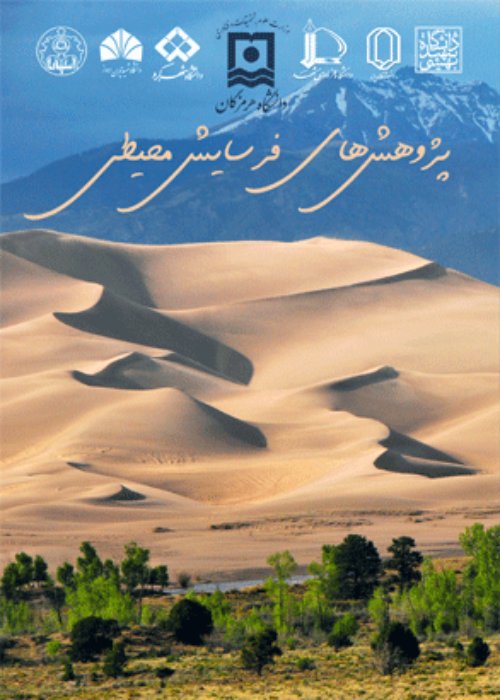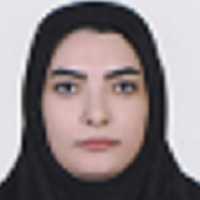Prediction of Climate Change Scenarios on Soil Erosion and Sediment Yeild in Konoran Catchment
Climate change is a real phenomenon and is the long-term average changes of weather conditions in an area with significant effects on the ecosystem of the region. Given the potential of climate change to increase soil erosion and its associated adverse impacts, modeling future rates of erosion is a fundamental step in its assessment as a potential future environmental problem. Among the increasingly important tools used by resource managers are the climate change scenarios, scenario designs, and other prediction models. These climate scenarios provide resource managers and decision-makers with a plausible representation of future climate to better anticipate potential impacts of climate change. In our case, the prediction models are helpful in assessing the response of soil erosion to future climate change. To provide an effective result for soil erosion hazard assessment and simulation of soil erosion risk in future, remote sensing (RS) and geographical information system (GIS) technologies were adopted and a numerical model was developed using RUSLE method.
The area selected for carrying out the experiment is Kondoran catchment in Kol-Mehran basin in southern part of Iran. The geographical classification of this selected area is arid and has a warm climate with annual precipitation of 57 mm. This watershed area has a minimum and maximum height of 1 and 1409 m, respectively and belongs to southern Zagros with saldome and these formations include Ghachsaran, Mishan and Aghajari. In the following, the soil loss is computed for a basis period (1984-2015) and for two other future periods (2016-2030) and (2031-2050) for each of four sets of downscaled climate data corresponding to two Intergovernmental Panel on Climate Change (IPCC) global emissions scenarios (RCP2.6, RCP4.5, RCP8.5) each modeled using one GCMs (canESM2).
The result of climate change scenarios using SDSM-DC model in Bandare Lenge Station are cited here. By applying RCP2.6 in the first period of stimulated future climate (2015-2030), the precipitation will increase to 126 mm in study area. In the RCP4.5, the precipitation will reduce to 102 mm, and finally, in the third scenario (RCP8.5), precipitation will increase to 86 mm. The results of first and second simulated periods indicate that the annual precipitation level will rise and will be more than the basis period. The same results were gained in the other three stations (Kish Island, Bandar-e charak and Bastak).
In the following, the rainfall erosivity factor (R factor) was generated under RCP2.6, RCP4.5 and RCP6.5 scenarios in two periods of (2016-2030) and (2031-2050). According to the results, the highest amount of R is in the period (2016-2030) under RCP4.5 scenario, which is between 94.14 and 105.07 MJ mm ha-1 h-1 y-1 and in the period (2030-2050) under the RCP4.5 scenario, which is between 94.88 and 106.3 MJ mm ha-1 h-1 y-1. In general, we will see an increase in the trend of R-factor in the future.The result depicts that the average annual soil loss will increase from 9.8 (tons ha-1 year-1) in historical period to 10.23 (tons ha-1 year-1) in future decades. Moreover, according to the results the soil erosion in the base period was lower than all scenarios of climate change during 2030 and 2050 and showed that R-factor in the RUSLE model is directly influenced by climate changes.
According to the results gathered, climate change has an important impact on the rainfall erosivity. Soil erosion was simulated during 1984–2015 to 2016–2050 using RUSLE model and SDSM downscaling models. The developed approach addresses the issue of the impact of climate on soil sustainability. It allows for the assessment of both the soil erosion for various land use and climate change scenarios. The results showed that in all of the scenarios precipitation will increase in the future period, so these changes affect the R-factor and consequently erosion of soil.
- حق عضویت دریافتی صرف حمایت از نشریات عضو و نگهداری، تکمیل و توسعه مگیران میشود.
- پرداخت حق اشتراک و دانلود مقالات اجازه بازنشر آن در سایر رسانههای چاپی و دیجیتال را به کاربر نمیدهد.



